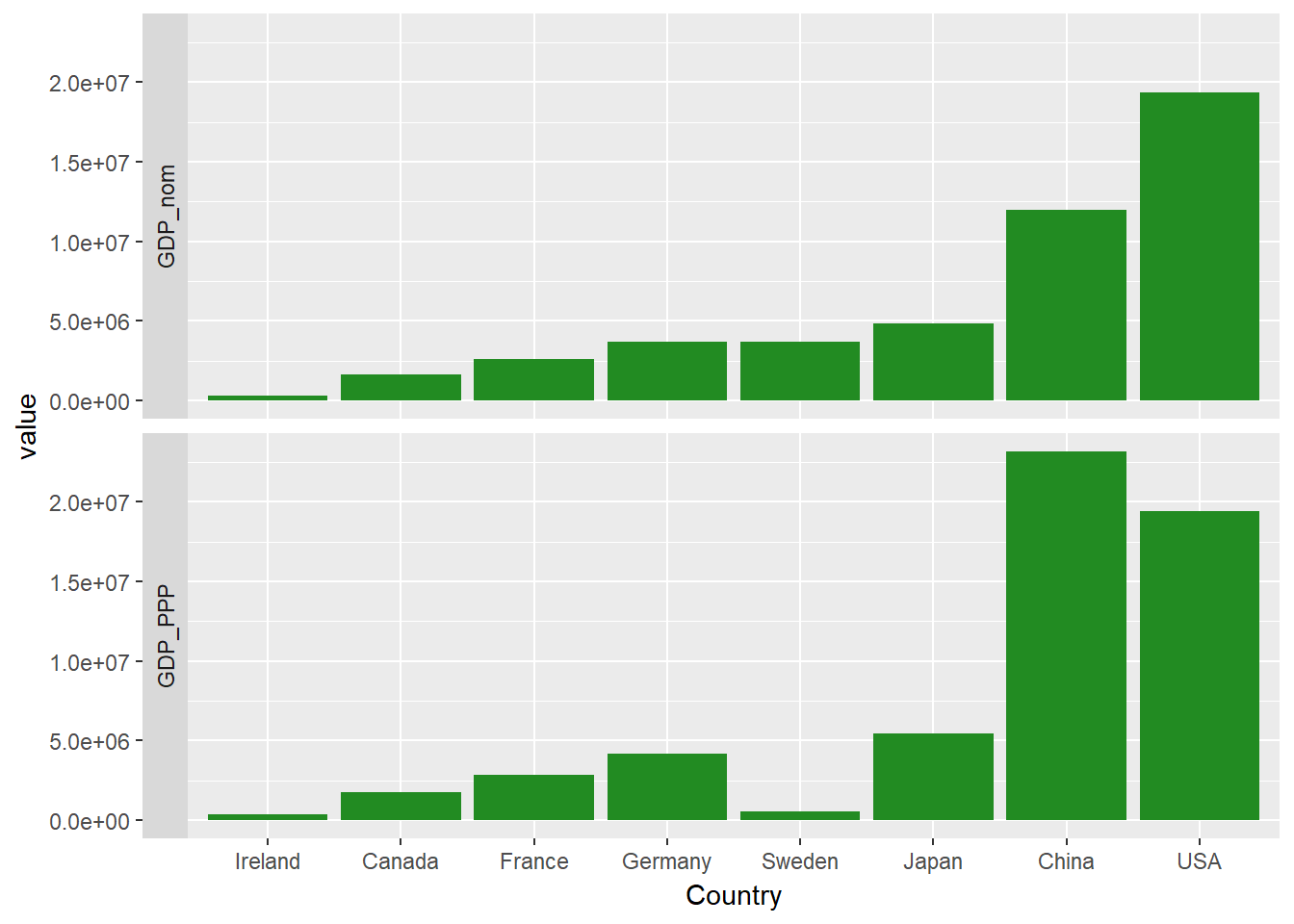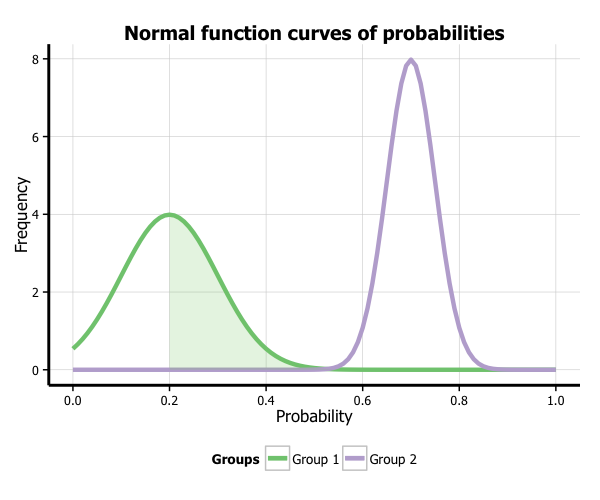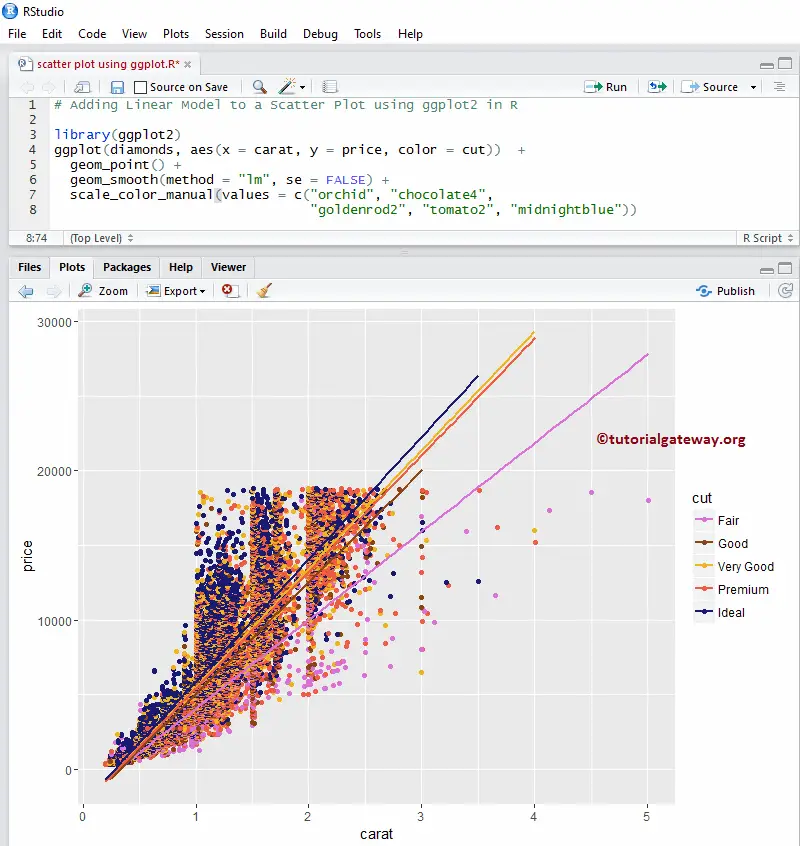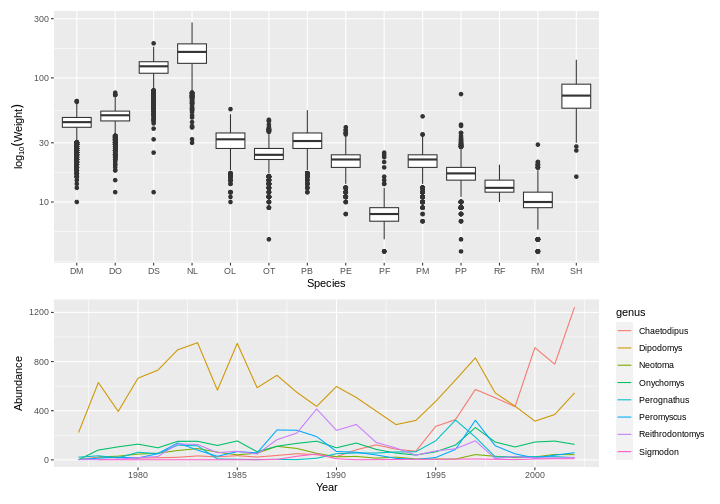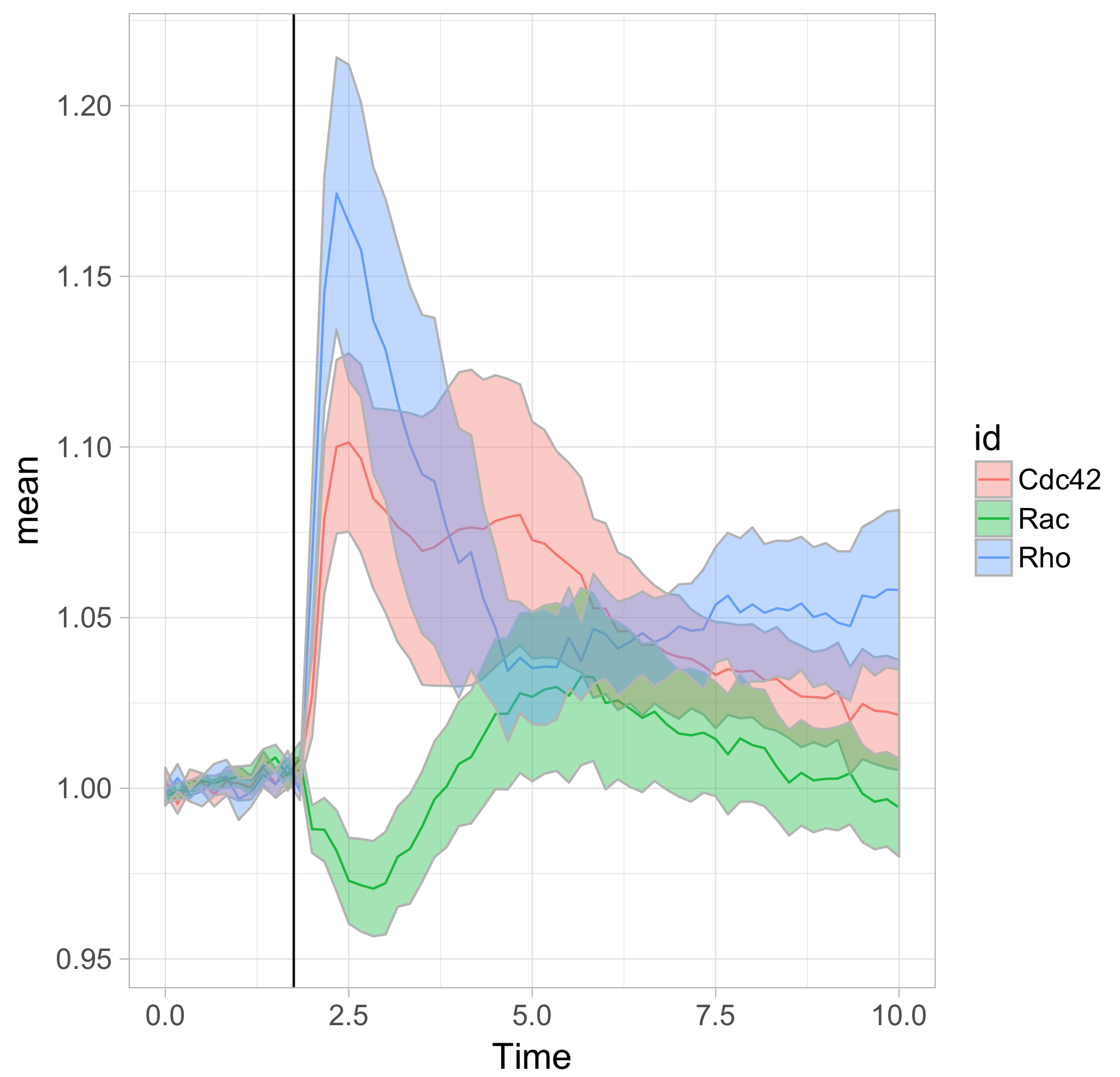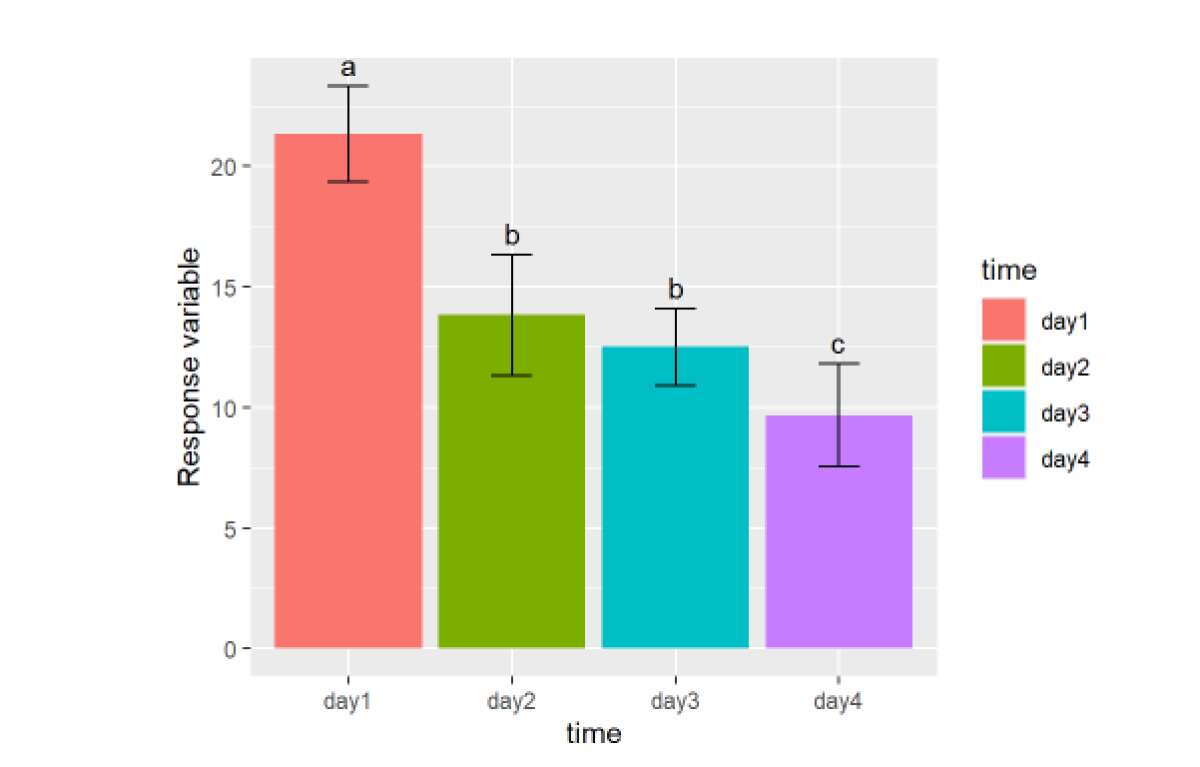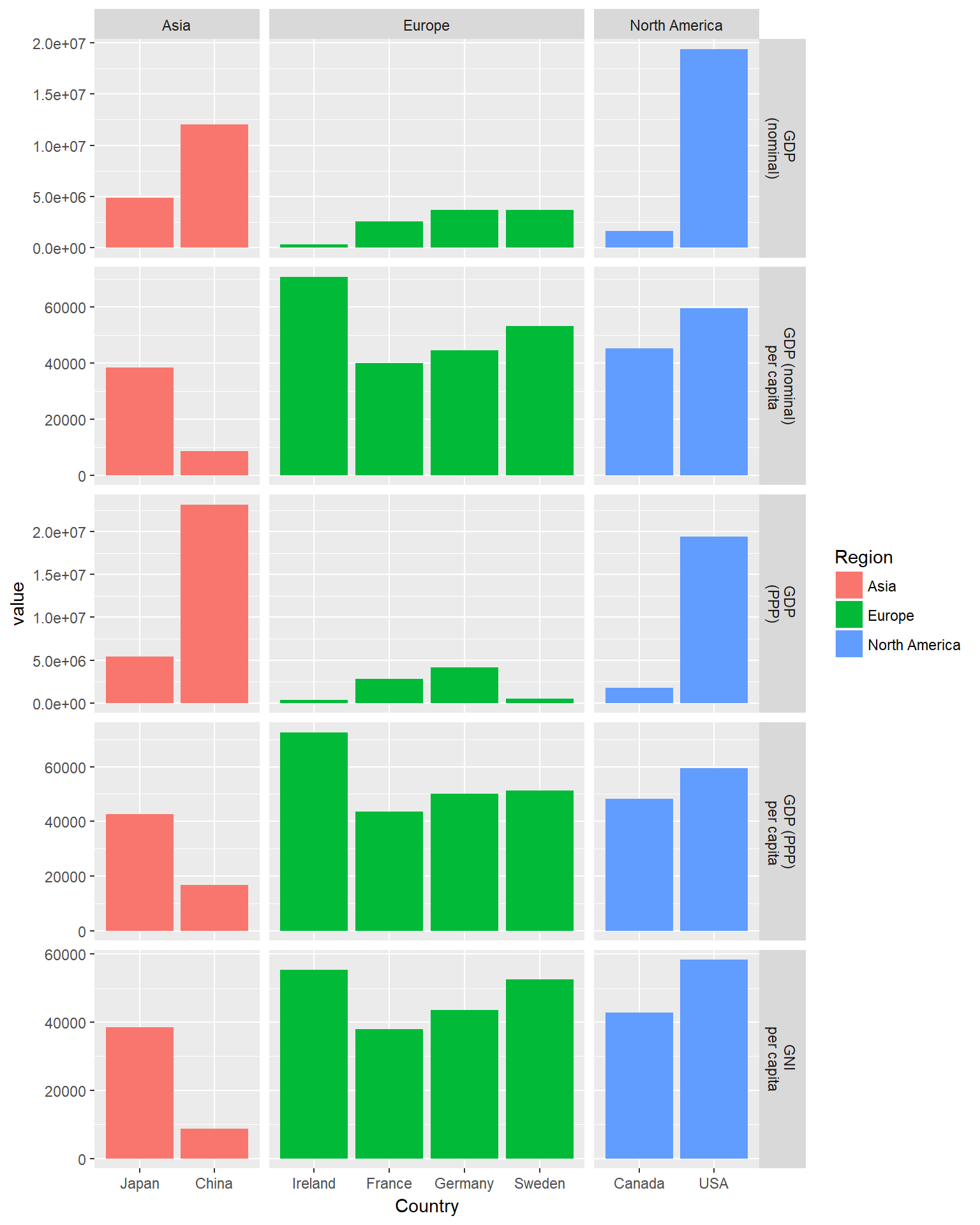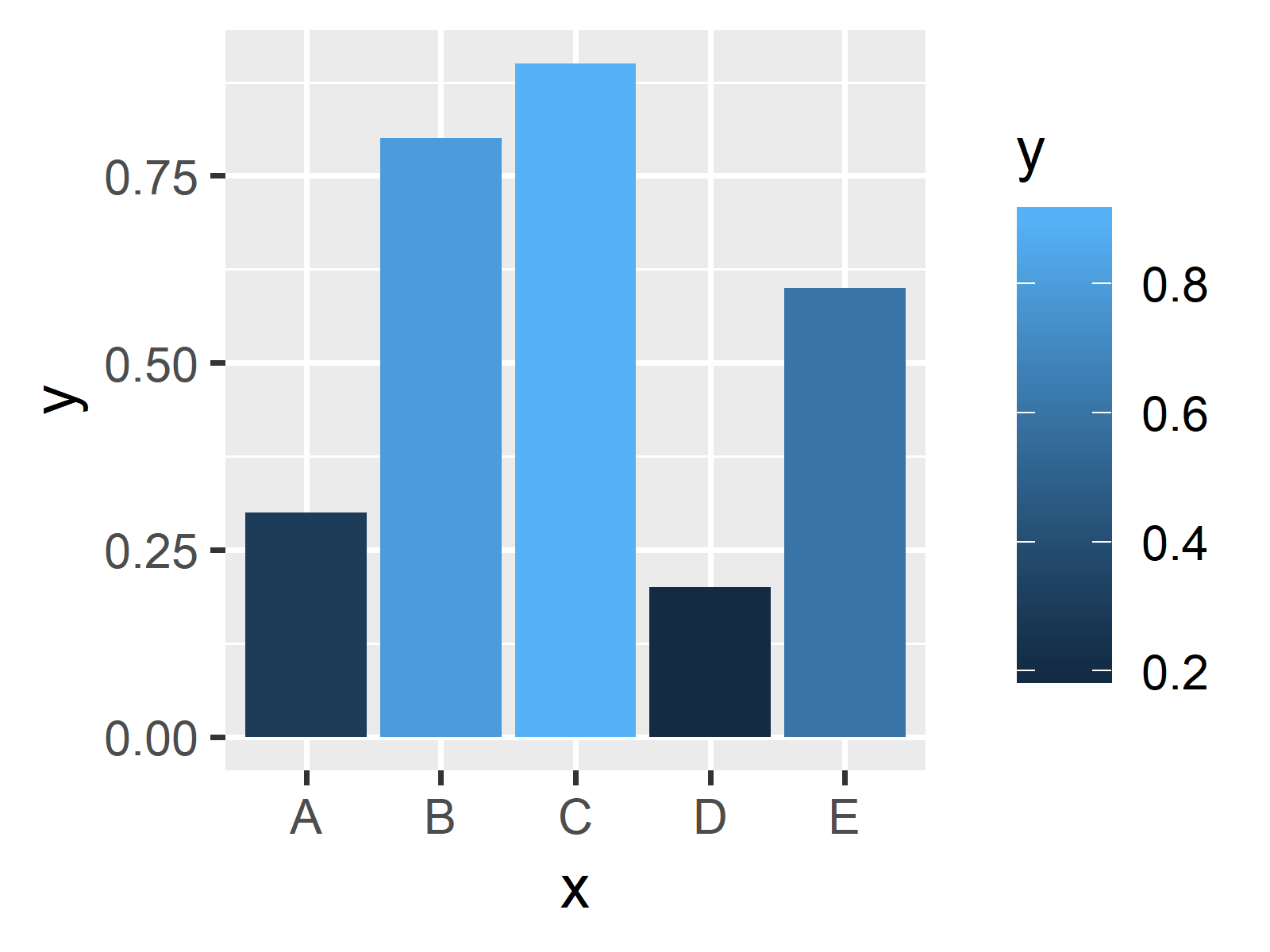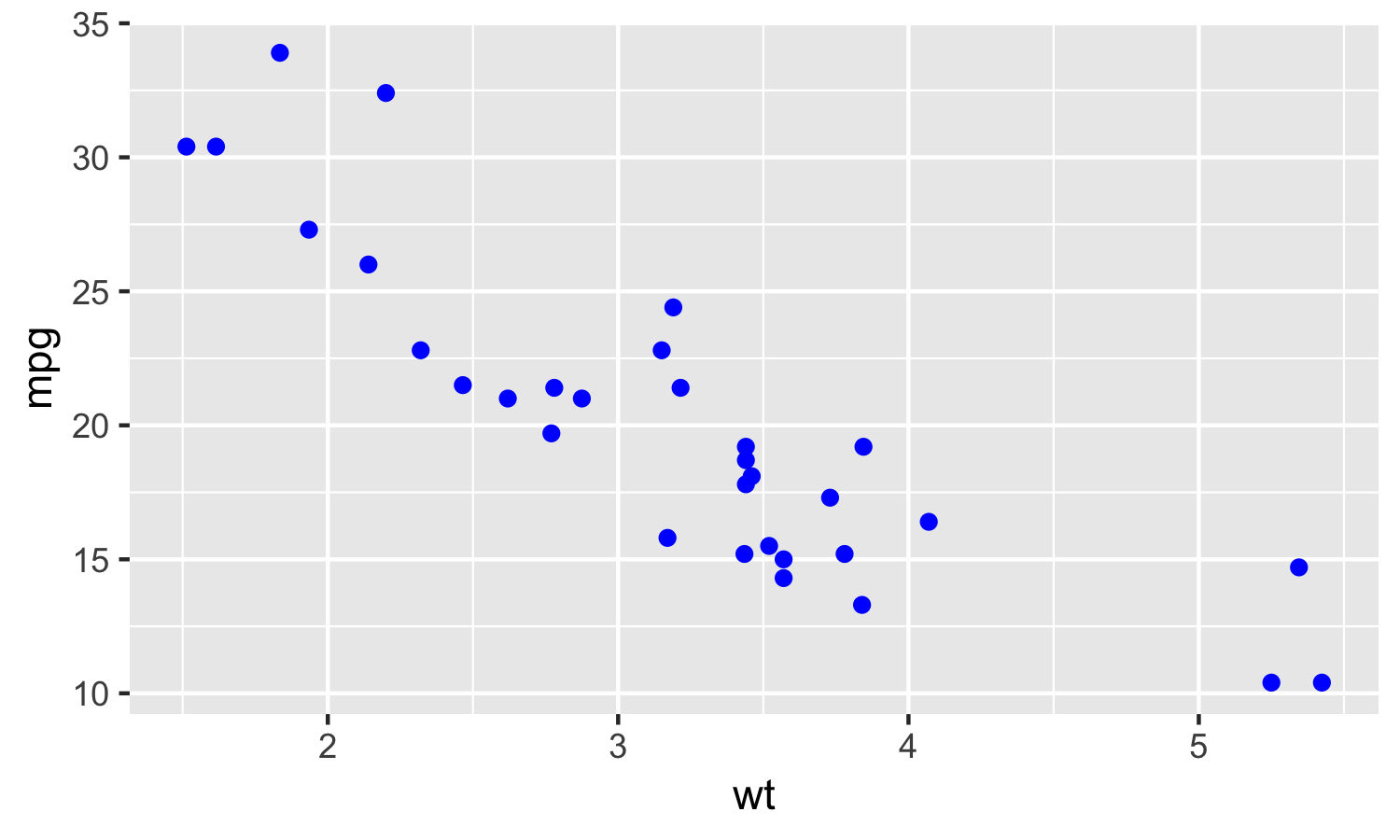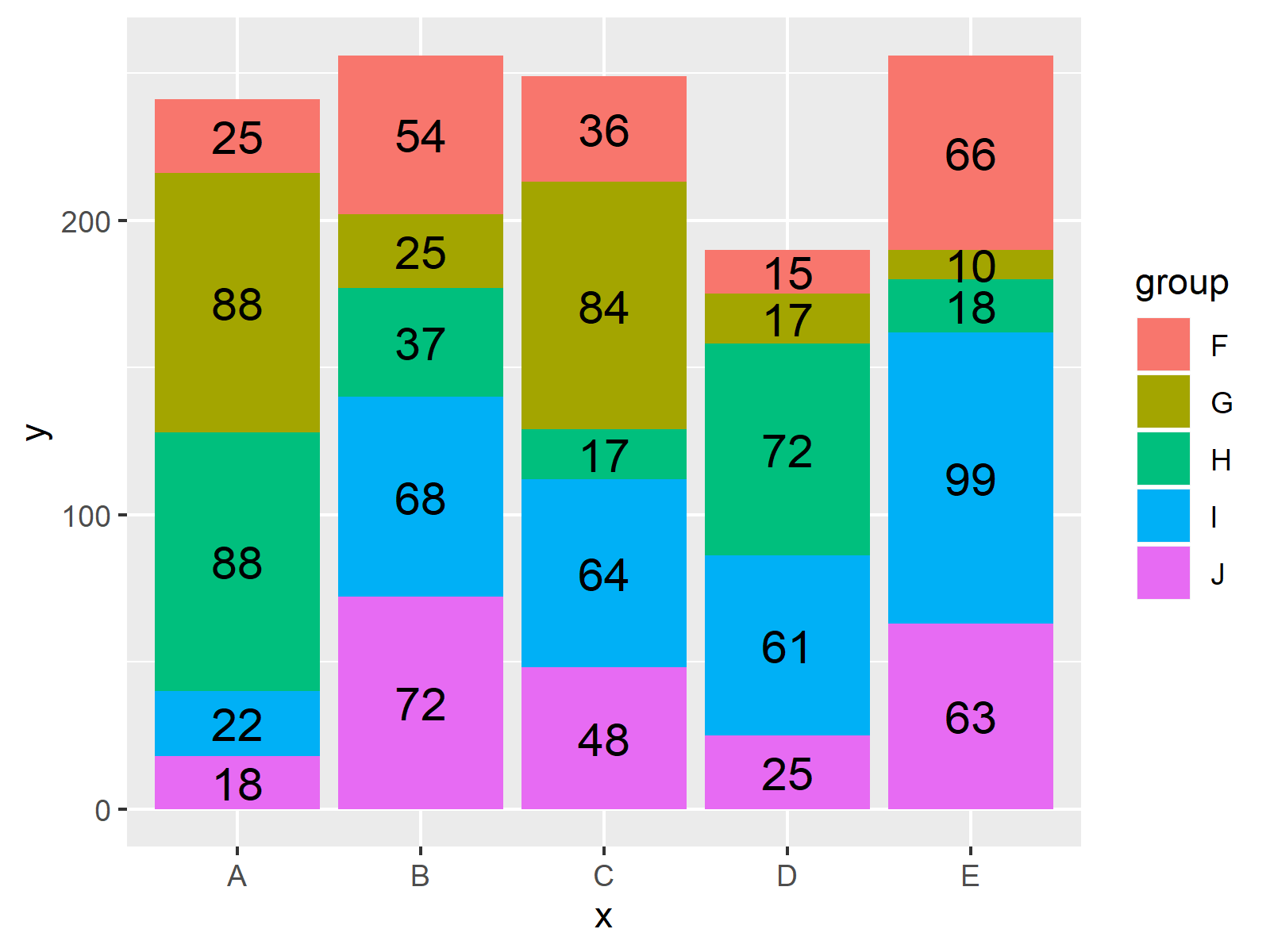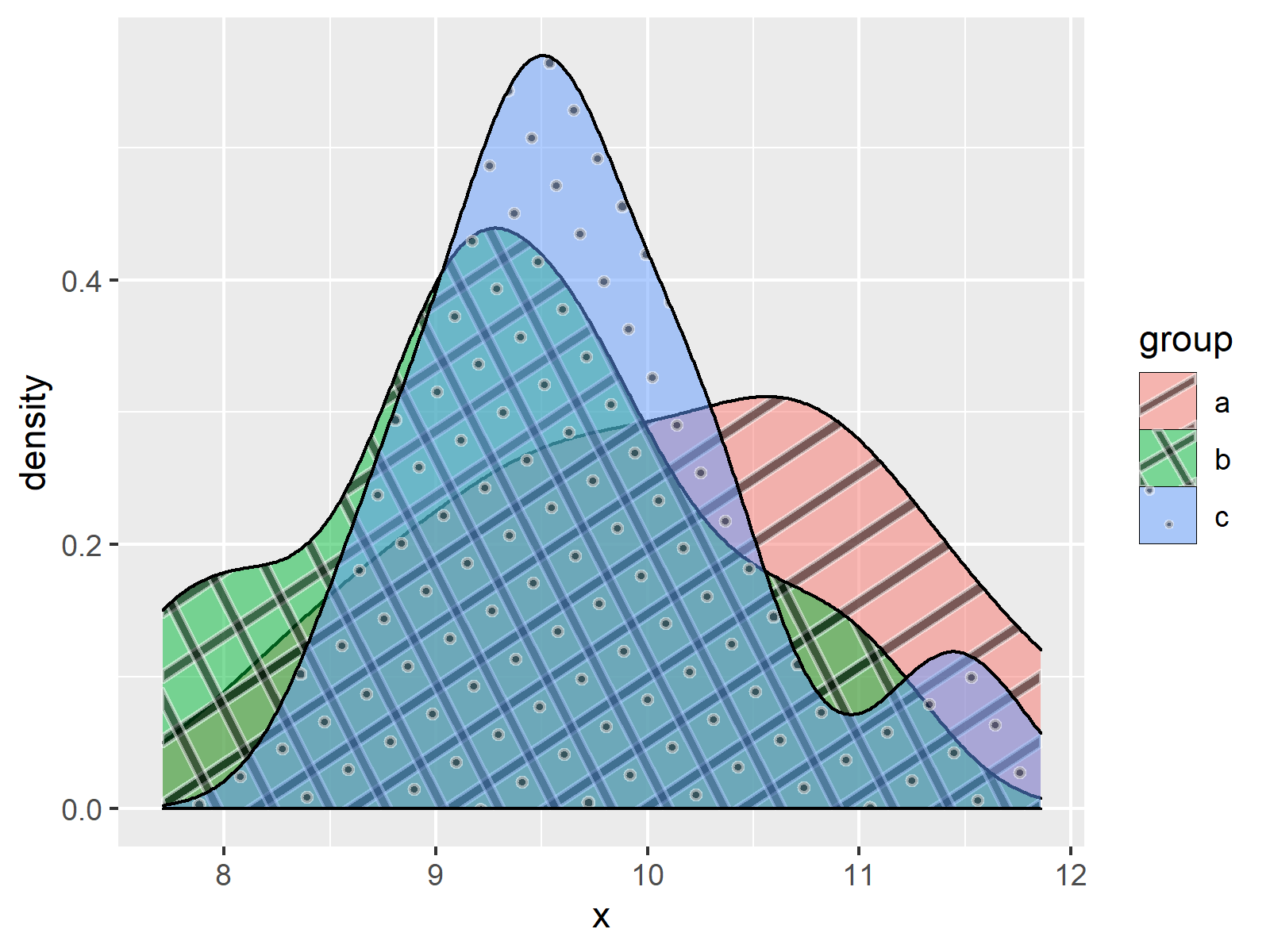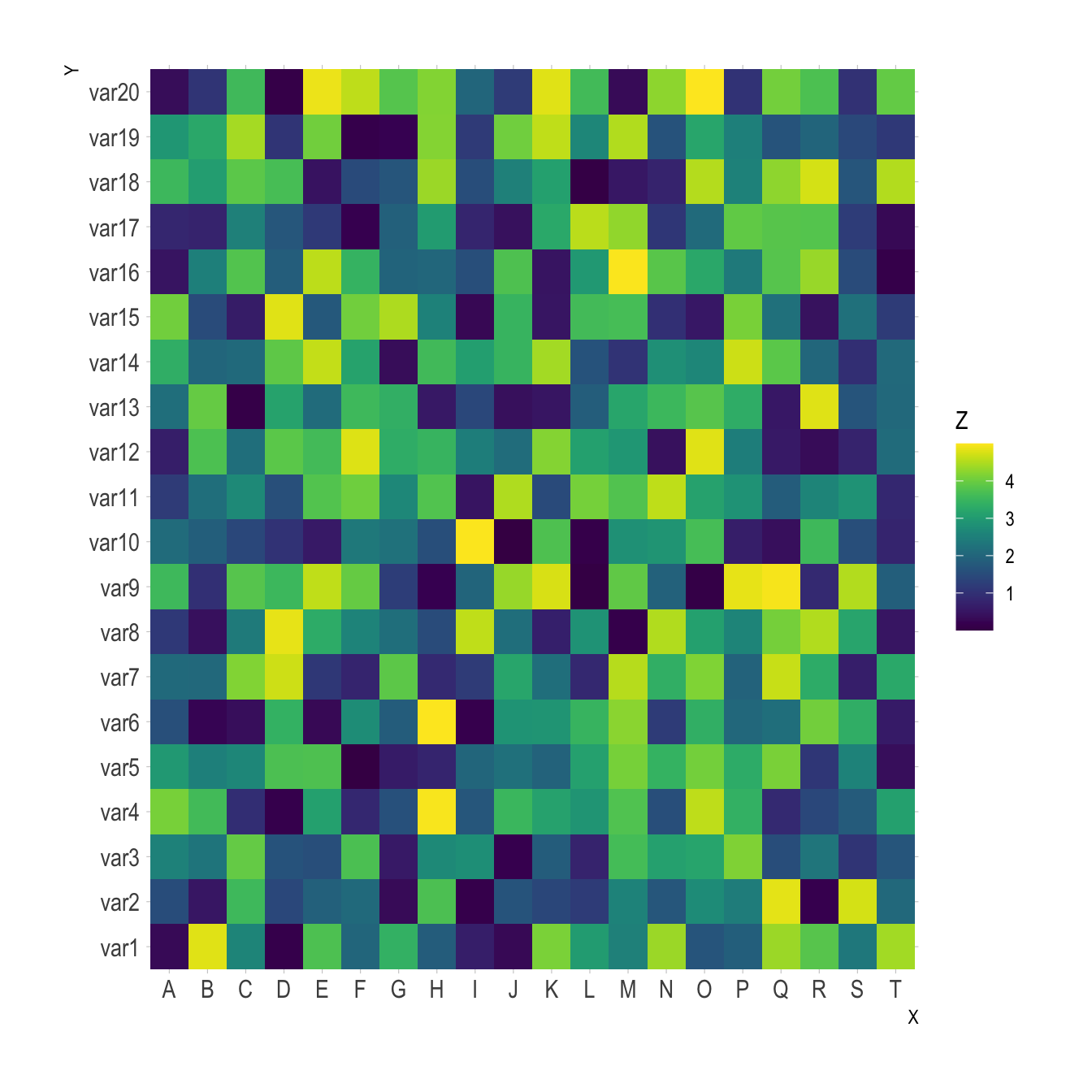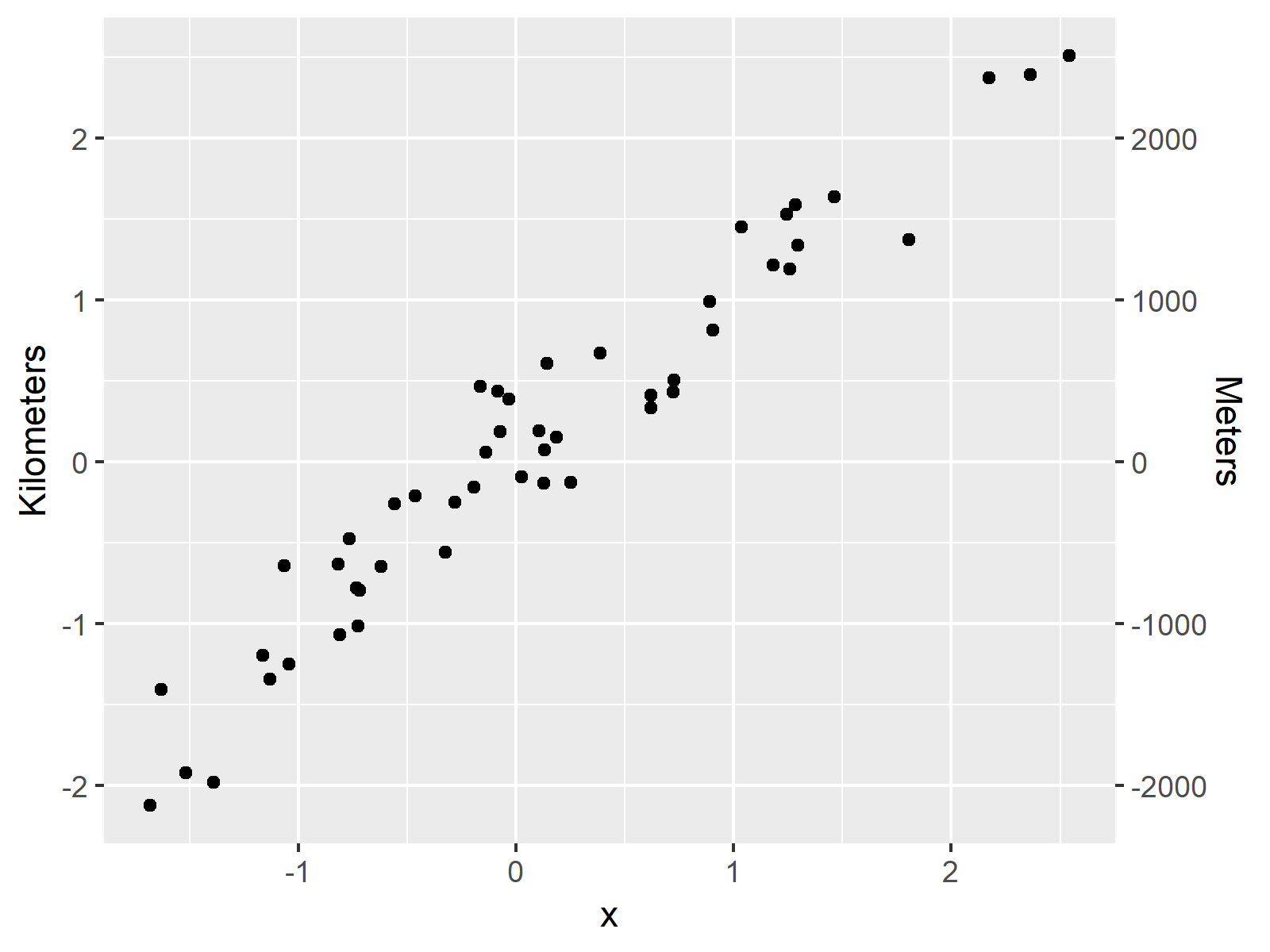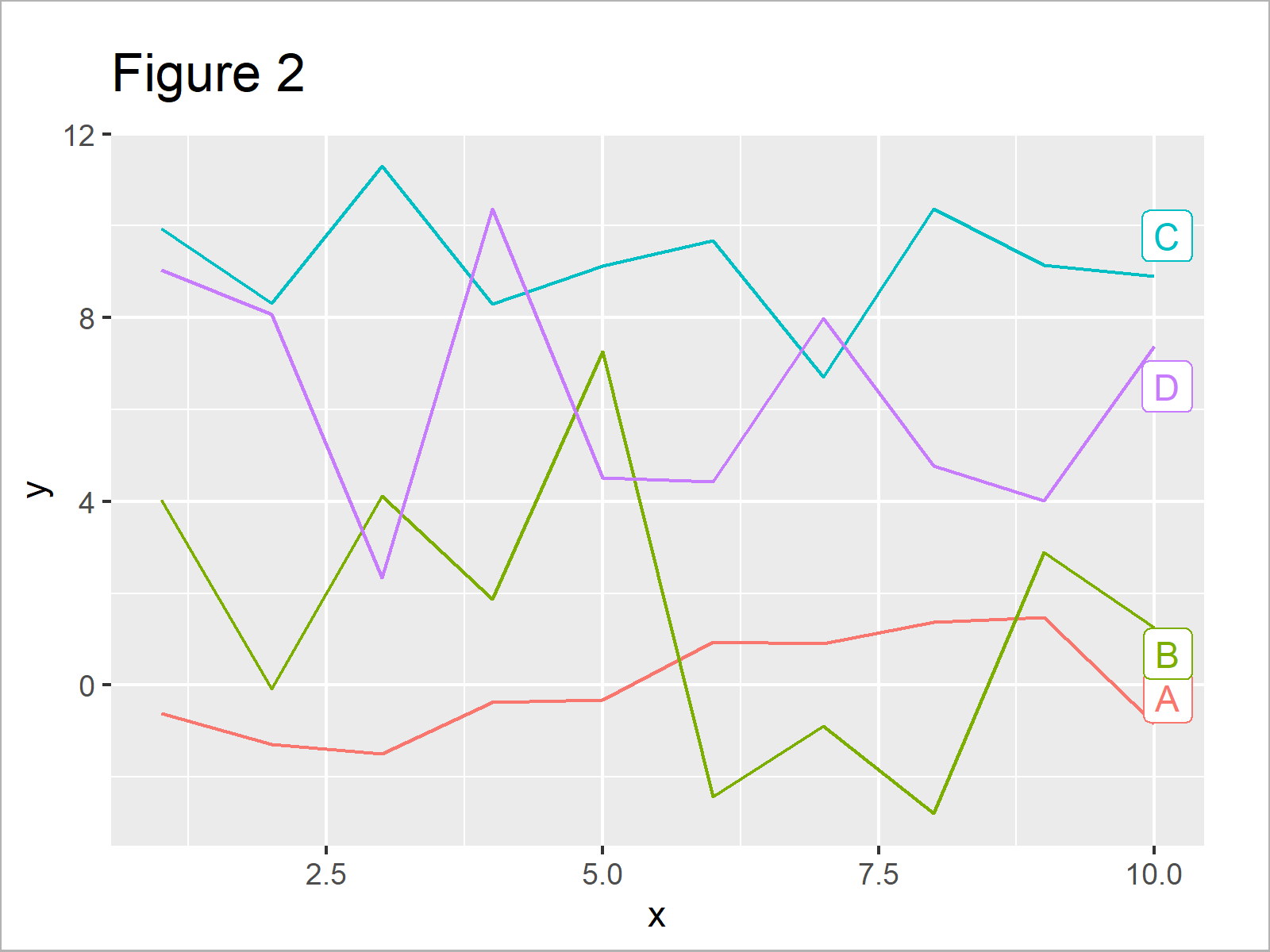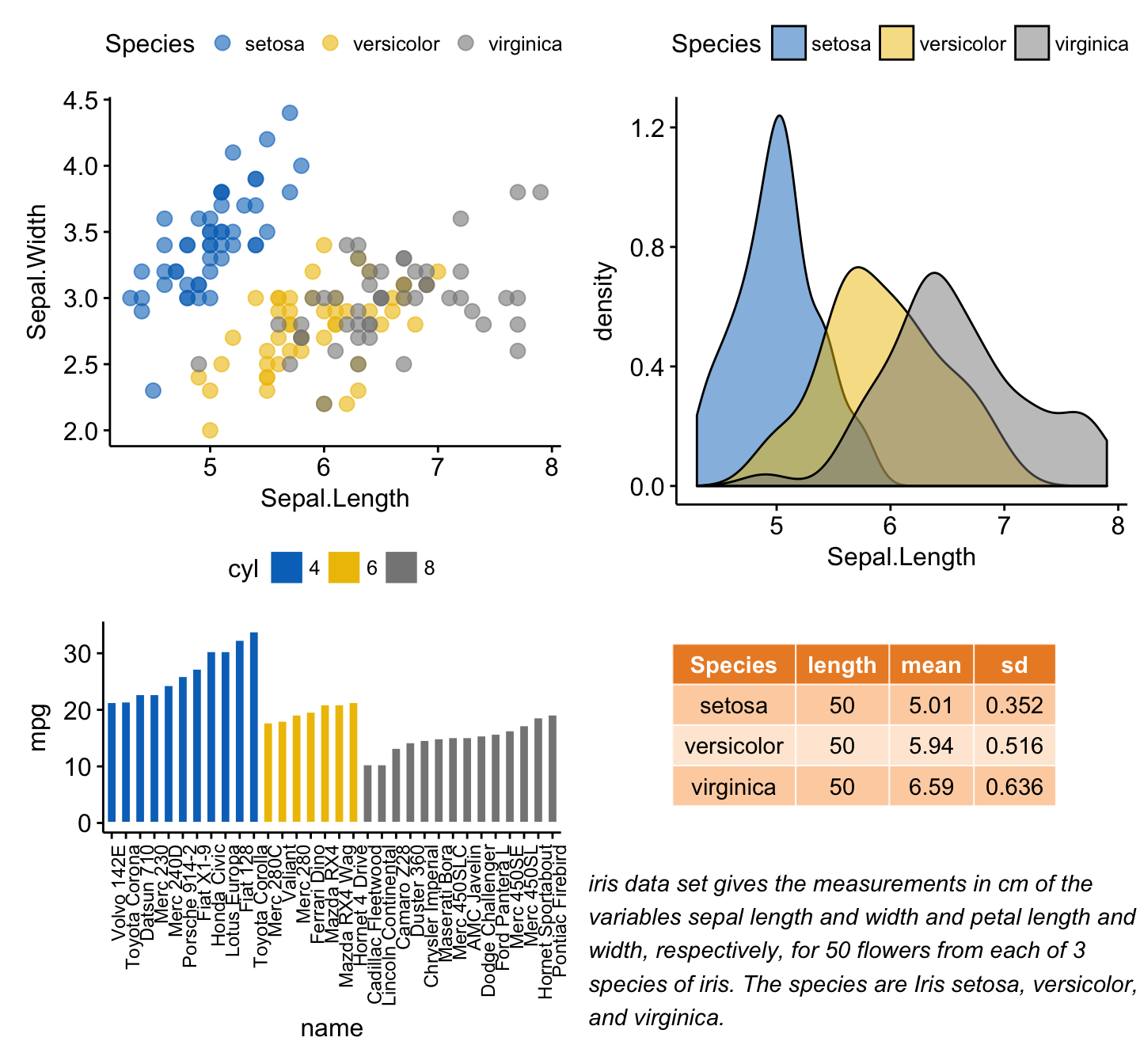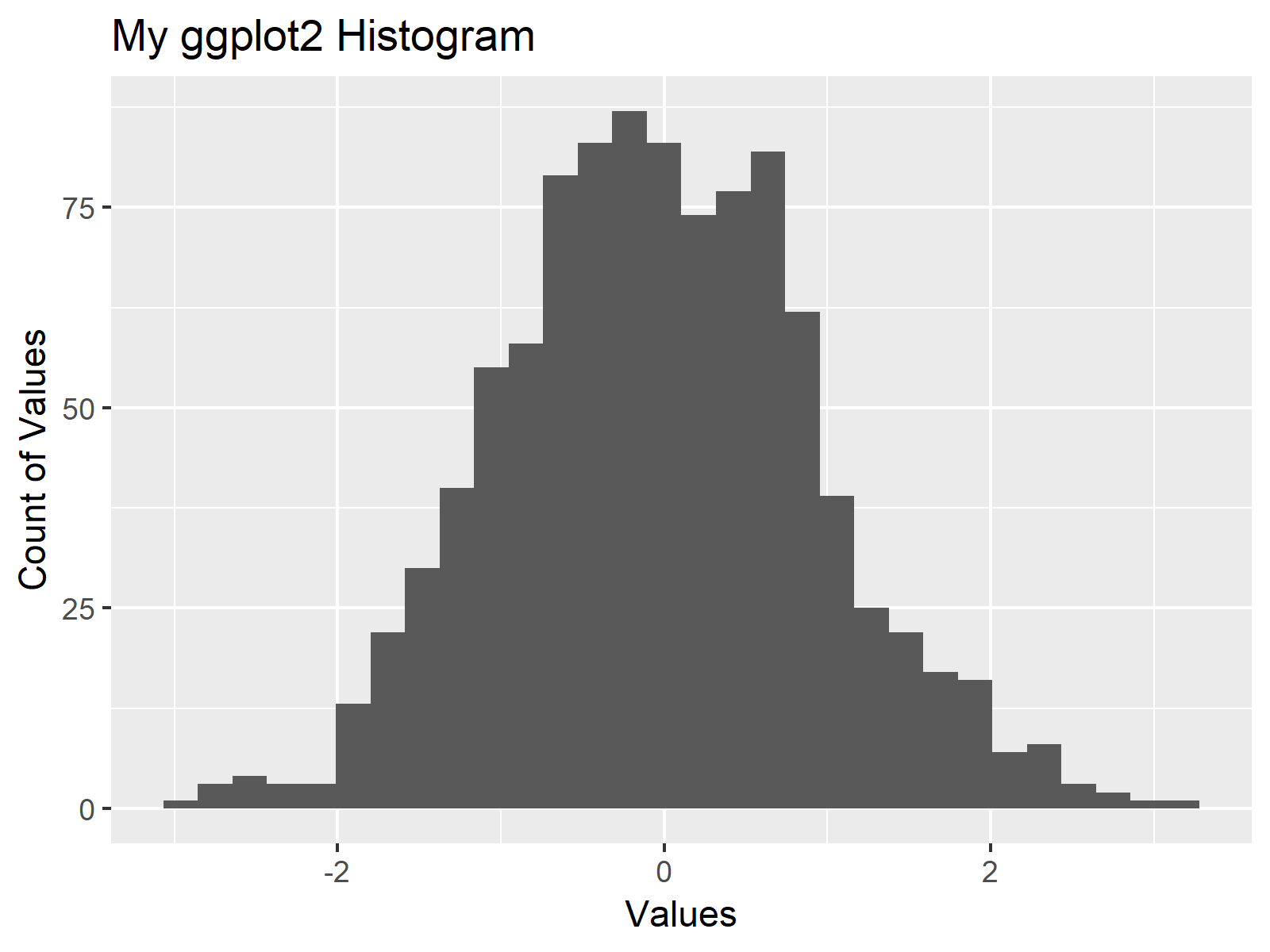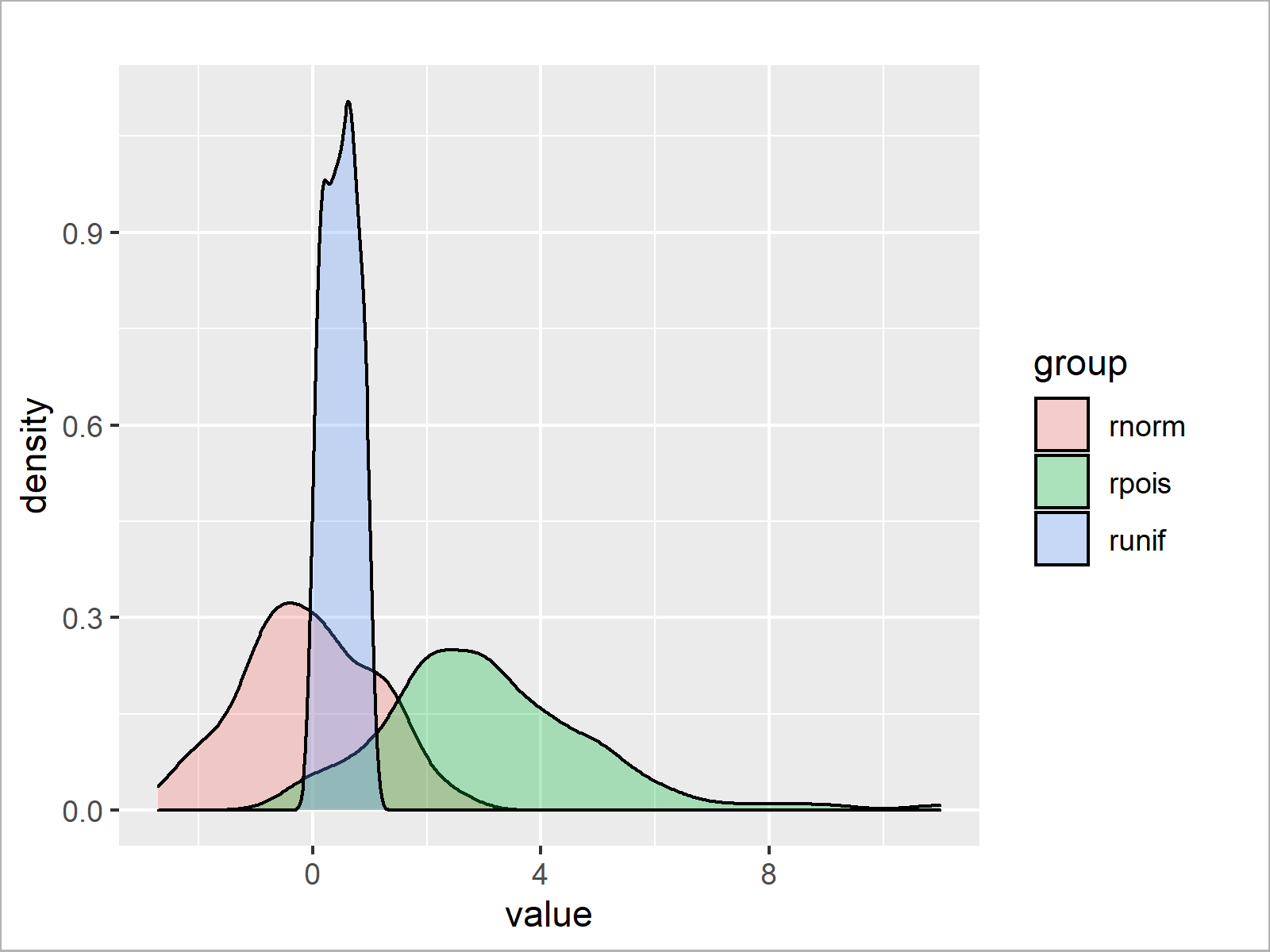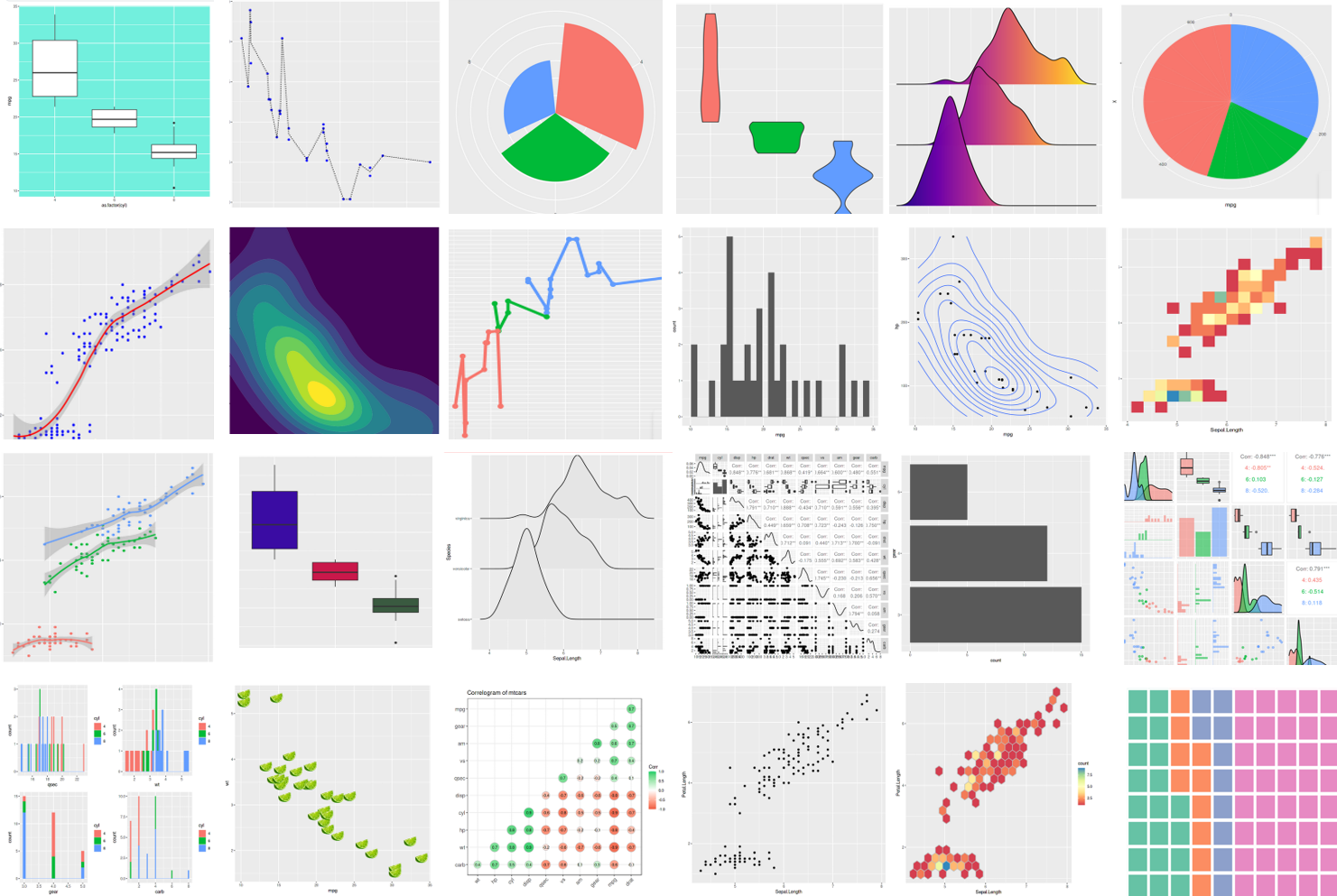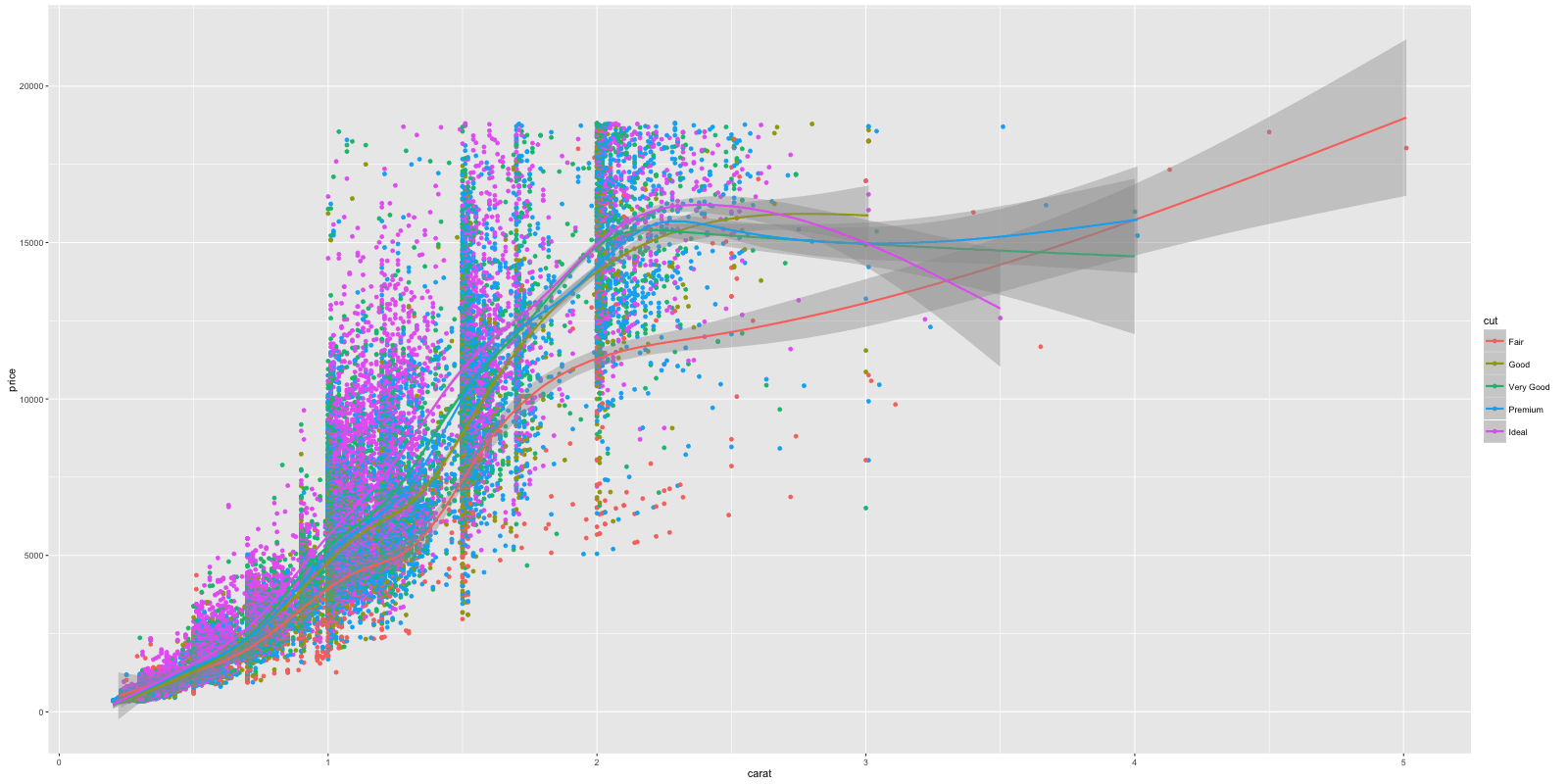Glory Tips About How To Use Ggplot Function In R Make Distribution Graph Excel

The data analyst in r path includes a course on data visualization in r using ggplot2, where you’ll learn how to:
How to use ggplot function in r. The proper way to use ggplot programmatically is to use aes_string() instead of aes() and use the names of the columns as characters rather than as objects: How to write your own ggplot2 functions in r. An extensive tutorial containing a general introduction to ggplot2 as well as many examples how to modify a ggplot, step by step.
There are three common patterns used to. A system for declaratively creating graphics, based on the grammar of graphics. I wrote an example code that exports svg for.
Ggplot2 is based on the grammar of graphics, the idea that you can build every graph from the same components: In this article, we will see how to make use of ggplot2 package in r programming language to plot grouped boxplots with jittered data points. All ggplot2 plots begin with a call to ggplot(), supplying default data and aesthetic mappings, specified by aes().
Ggplot2 is an r package for producing visualizations of data. Describe what faceting is and apply faceting in ggplot. As the foundation of every graphic, ggplot2 uses data to construct a plot.
Use histograms to understand data distributions. It can be used to declare the input data frame for a graphic and to specify the set of plot aesthetics intended to be common throughout all. It covers several topics such as.
Compare graphs using bar charts and box plots. Here we called ggplot and told it what data we want to show on our figure. Ggplot2 is a powerful and widely used data visualization package in r that allows users to create visually appealing and informative graphs.
You no longer have to worry about quoted and unquoted column names when using ggplot2, thanks to the latest. Ggplot() is used to construct the initial plot object, and is almost always followed by a plus sign ( +) to add components to the plot. This is not enough information for ggplot to actually draw anything.
Visualize changes over time using line graphs. First, you need to tell ggplot what dataset to use. Unlike many graphics packages, ggplot2 uses a conceptual framework based on the grammar of graphics.
In the code above, we first define the columns to plot using the colstoplot variable. Using the patchwork package, you can simply use + operator: You can add a curve using the stat_function:
You provide the data, tell ggplot2 how to map variables to aesthetics, what graphical. Part of r language collective. You then add layers, scales, coords and facets.
